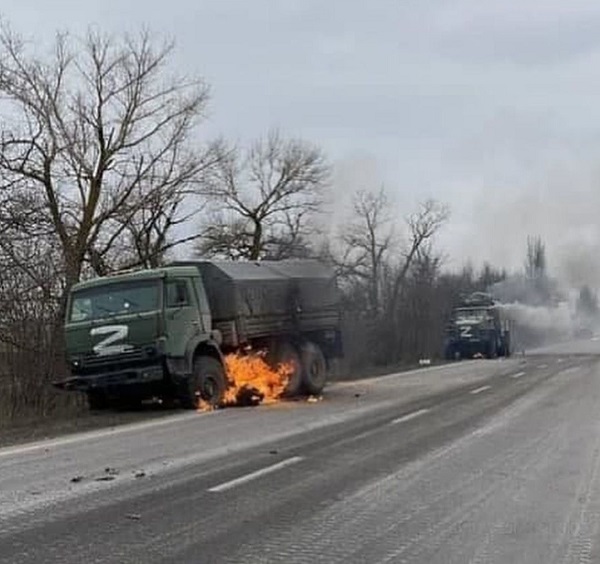New Delhi, (Asian independent) The escalating tension between the United States and Russia over Moscow’s ongoing massive military operation in Ukraine has brought nuclear weapons into focus with deliberations and debate over its usage and the disaster it could bring.
Russian Foreign Minister Sergei Lavrov, earlier on Thursday, accused Western leaders of fixating on nuclear war. He also compared the US to French Emperor Napoleon Bonaparte and German dictator Adolf Hitler.
“It is clear that World War Three can only be nuclear. I would like to point out that it’s in the heads of Western politicians that the idea of a nuclear war is spinning constantly, and not in the heads of Russians. Therefore I assure you that we will not allow any provocations to throw us off balance,” Lavrov said in Moscow.
The world leaders have started talking about usage of nuclear weapons but if used, the world would witness disaster which no one could ever imagine.
Russia and the US together possess over 90 per cent of the global nuclear weapons. Both have extensive and expensive programmes under way to replace and modernize their nuclear warheads, missile and aircraft delivery systems, and production facilities. Both the countries have kept around 2000 of these, nearly all of which belonged to them — in a state of high operational alert.
According to a Swedish think tank — Stockholm International Peace Research Institute (SIPRI) report released last year, the nine nuclear-armed states — the United States, Russia, the United Kingdom, France, China, India, Pakistan, Israel and the Democratic People’s Republic of Korea (North Korea) — together possessed an estimated 13,080 nuclear weapons at the start of 2021.
The report stated that the estimated number of nuclear weapons currently deployed with operational forces increased to 3,825 in 2021, from 3720 in 2020.
While the USA and Russia continued to reduce their overall nuclear weapon inventories by dismantling retired warheads in 2020, both are estimated to have had around 50 more nuclear warheads in operational deployment at the start of 2021 than a year earlier.
Russia also increased its overall military nuclear stockpile by around 180 warheads, mainly due to deployment of more multi-warhead land-based intercontinental ballistic missiles (ICBMs) and sea-launched ballistic missiles (SLBMs).
Hans M. Kristensen, Associate Senior Fellow with SIPRI’s Nuclear Disarmament, Arms Control and Non-proliferation Programme stated: “The overall number of warheads in global military stockpiles now appears to be increasing, a worrisome sign that the declining trend that has characterized global nuclear arsenals since the end of the cold war has stalled.”
“The last-minute extension of New START by Russia and the USA in February this year was a relief, but the prospects for additional bilateral nuclear arms control between the nuclear superpowers remain poor,” Kristensen had stated.
“Both Russia and the USA appear to be increasing the importance they attribute to nuclear weapons in their national security strategies,” said Kristensen.
Apart from Russia and the US, all the other seven nuclear-armed states are also either developing or deploying new weapon systems or have announced their intention to do so.
The UK’s ‘Integrated Review of Security, Defence, Development and Foreign Policy’, published in early 2021, reversed a policy of reducing the country’s nuclear arsenal and raised its planned ceiling for nuclear weapons from 180 to 260.
China is in the middle of a significant modernization and expansion of its nuclear weapon inventory, and India and Pakistan also appear to be expanding their nuclear arsenals.
North Korea continues to enhance its military nuclear programme as a central element of its national security strategy. While it conducted no nuclear test explosions or long-range ballistic missile tests during 2020, it continued production of fissile material and development of short-and long-range ballistic missiles, the report states.








